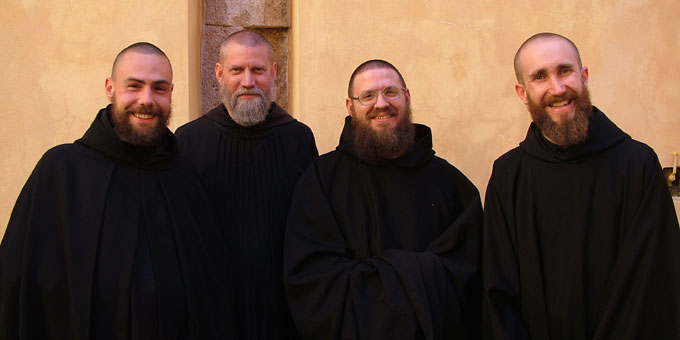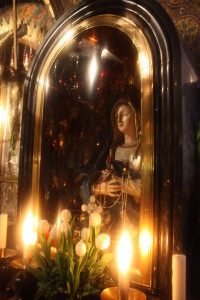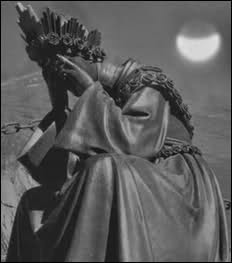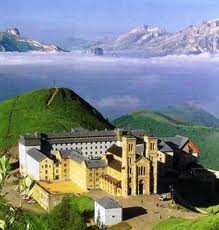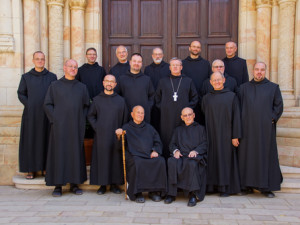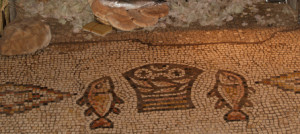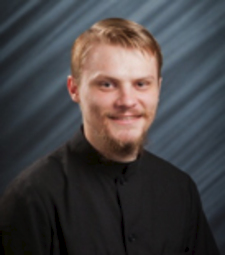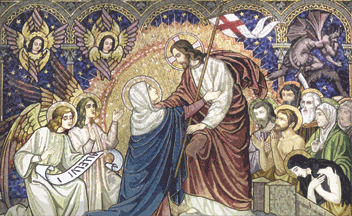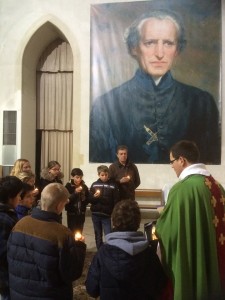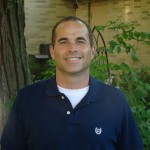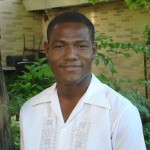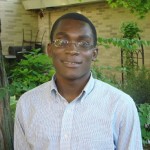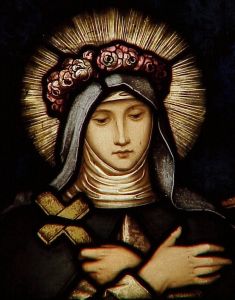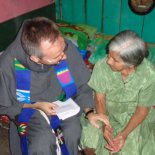 Friar Marius-Petru Bîlha, OFM Conv., recently recounted his experience of visiting the parish of St. Maximilian Kolbe in Tegucigalpa, Nicaragua. It is on the outskirts of the capital in a poor and highly dangerous area. The Conventual friars there also serve another 16 chapels which they reach weekly or monthly to administer the sacraments and minister to the people. Or, in this case, have the people minister to them!
Friar Marius-Petru Bîlha, OFM Conv., recently recounted his experience of visiting the parish of St. Maximilian Kolbe in Tegucigalpa, Nicaragua. It is on the outskirts of the capital in a poor and highly dangerous area. The Conventual friars there also serve another 16 chapels which they reach weekly or monthly to administer the sacraments and minister to the people. Or, in this case, have the people minister to them!
Friar Marius-Petru says, “One can’t help noticing the contrast between the joy and happiness of the people and the outward ugliness of a society where violence, corruption and poverty are everyday news. I have often wondered; where does it all come from, this joy, the desire for goodness and the outlook for a hopeful future? It can only come from hearts filled with love of God, hearts which put all hope and trust in Him.”
The friars in the US have a close relationship with their brothers from Honduras. Since 1997, their St. Joseph University Parish in Terre Haute, Indiana, has been sending friars and parishioners to assist in various ways at St. Maximilian Kolbe Parish. Many of the missions have offered much needed medical aid to the local community in Tegucigalpa.
The best evangelizers are the poor! “I return from Honduras evangelized by the poor, strengthened to live out my own gift of self with love, joy, simplicity, humility and generosity.”
If you think you might have a vocation to serve Christ in the missions and in the poor, visit the Conventual Franciscans’ website.
